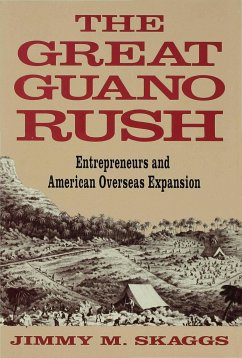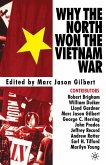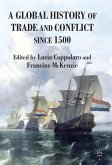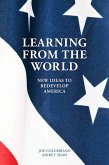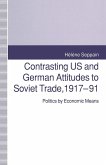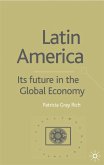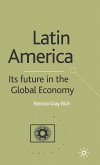How did some of the most savage and desolate islands in the world, scattered across the Pacific and Caribbean, become U.S. territories? The Great Guano Rush describes the fascinating and little-known history of this earliest example of American overseas expansion. 'Guano' (bird droppings) was the 19th century's most important fertilizer and in 1856 Congress, believing that American farmers were being gouged on guano sales by foreign monopolists, authorised U.S. citizens to claim and exploit unowned guano-rich islands around the world. The legacy of this decision is a strange group of American 'appurtenances,' ranging from Haiti to the central Pacific and with a highly diverse subsequent history, from the notorious near-slavery of guano-miners on Navassa Island to the contemporary issue of the Johnston Atoll chemical weapon destruction plant. The Great Guano Rush is an important book for its insights on both 19th century America and the history of a key commodity. But it is also important in establishing that, contrary to the American free enterprise myth, this success has always been based on a close cooperation between business and government.
Hinweis: Dieser Artikel kann nur an eine deutsche Lieferadresse ausgeliefert werden.
Hinweis: Dieser Artikel kann nur an eine deutsche Lieferadresse ausgeliefert werden.

